Regardless of who you are, competition in the hospitality industry is increasingly fierce, and winning new customers is a major challenge even for experienced hoteliers.
So, what makes the most significant difference in getting guests to stay at your hotel versus the one down the street?
Is it price? Is it the chance to benefit from a personalized loyalty program?
The answer—perhaps somewhat unsurprisingly—is neither, or rather, both.
It Isn’t About Focusing Heavily on Either Pricing or Loyalty
When it comes to deciding where they’re going to stay while traveling, almost two-thirds of travelers (60%) report that price matters most, according to a new study by Expedia.
However, that doesn’t mean loyalty programs aren’t worth the cost. While 77% of travel businesses offer a loyalty program (again, according to Expedia), 44% of consumers participate in these programs. And it’s easy to understand why.
If given a choice between two equally priced rooms, most people would choose the room from the brand whose loyalty program they’re a member of.
So, capturing profitable business isn’t about focusing heavily on either pricing or loyalty. It’s about focusing on both strategies working together.
But how can hospitality organizations align their pricing strategy with their rewards programs?
Of course, a modern revenue management system (RMS) can help.
How Revenue management Systems Bring Price & Loyalty Together
An RMS can help your loyalty program and pricing strategy work together by providing the insight you need to reward customers for coming back without causing your business to lose money.
In other words, an RMS can help you sell the right product, to the right customer, at the right time, with the right pricing, and through the right sales channel. Let’s break that down further.
Right Customer
Locating the right customer means answering the following questions:
Who are our customers, and do personas and behaviors segment them? Do we know the segment rates that loyal customers purchase most?
Is it the best available rate (BAR)?
A revenue management system can help answer these questions so that you can better understand your customers. From there, you can find the optimal price.
Right Price
Regarding loyalty programs, some focus more on delivering value with various benefits for different membership levels, while other programs offer more discounts or free nights based on membership levels.
So, what makes the most sense? Since brands more successfully create loyalty through service and trust instead of cheaper rates, focusing on benefits over discounts often makes more sense.
In this case, a hotel might combine room sales with giveaways, such as ticket bundles, restaurant deals, discounted spa trips, and more. This could mean going beyond a pricing structure by creating a framework that guides clients toward more memorable experiences throughout their stay.
Right Product
Offering the right product means taking steps to personalize products before pricing. That means scaling back the promotions and analyzing which promotions or room types perform best with loyal customers. Hoteliers must also find ways to personalize products to make them more enticing for loyalty members.
Success in this area also means analyzing the competition, their advantages, and your advantages over them. But hoteliers must also look internally and identify service failure before adjusting products or services to prevent future issues.
Right Channel
Selling through the right channels can also boost customer loyalty. So, do you review customer data through the channel dimension or rank channels from highest to lowest performance for loyal customers?
Once you build loyalty with your customers, identify where they can spread their positive reviews. Do customers mainly post on TripAdvisor or Expedia, or is it through social media?
Beyond displaying hotel information and matching products to needs, your channels encourage interactions that allow for positive sharing and emotional bonding, further boosting positive word-of-mouth testimonials’ impact.
And an RMS with a reputation pricing add-on can analyze market sentiments about a hotel’s reputation and price accordingly. If a hotel receives excellent reviews, the RMS can raise prices since guests would be willing to pay more.
Right Timing
Timing is crucial when it comes to revenue management and customer satisfaction. Studies show that “emotional bonding” between clients and hotels encourages loyalty, which often occurs through a “moment of truth.”
One moment of truth happens when a client books through the reservations department. A well-designed script can guide the reservations team through the booking journey.
Another moment of truth happens during check-in when hoteliers can upsell clients or offer flexible pricing or tailor-made offers based on historical data from previous stays. These personalized offers can strengthen client connections and lead to future revenue opportunities.
While a loyalty program is a revenue management initiative, it needs to humanize the guest experience and work hand in hand with pricing. Hoteliers must consider the marketing strategy, booking, and customer experience in addition to discounts.
When a guest decides on a hotel, several opportunities arise to convert that guest into a loyal customer regardless of whether they booked direct, through a third party, on a discount, or at a premium rate.
Machine-learning technology and AI found in an RMS can help organize and analyze client data and automatically deploy business decisions based on the analysis. From there, the hotelier validates the actions of the RMS and notifies it of factors it might not predict. By having the RMS take care of the tedious analysis, hoteliers gain more time and energy to strategize for the future instead of working on data entry, historical reporting, or rate distribution.
As guests continue using the digital marketplace to enhance their experiences, the hotels that will experience the most success will be those that take the automated efficiency of an RMS and combine that with hotelier instinct. While the choices are many, RMS technology can help hotels create cohesive marketing and revenue management strategies that allow pricing and loyalty to work together in the best way possible.
Free Guide: The Ultimate RM Buyer’s Guide
More Tips to Grow Your Business
Revfine.com is the leading knowledge platform for the hospitality and travel industry. Professionals use our insights, strategies, and actionable tips to get inspired, optimize revenue, innovate processes, and improve customer experience.Explore expert advice on management, marketing, revenue management, operations, software, and technology in our dedicated Hotel, Hospitality, and Travel & Tourism categories.

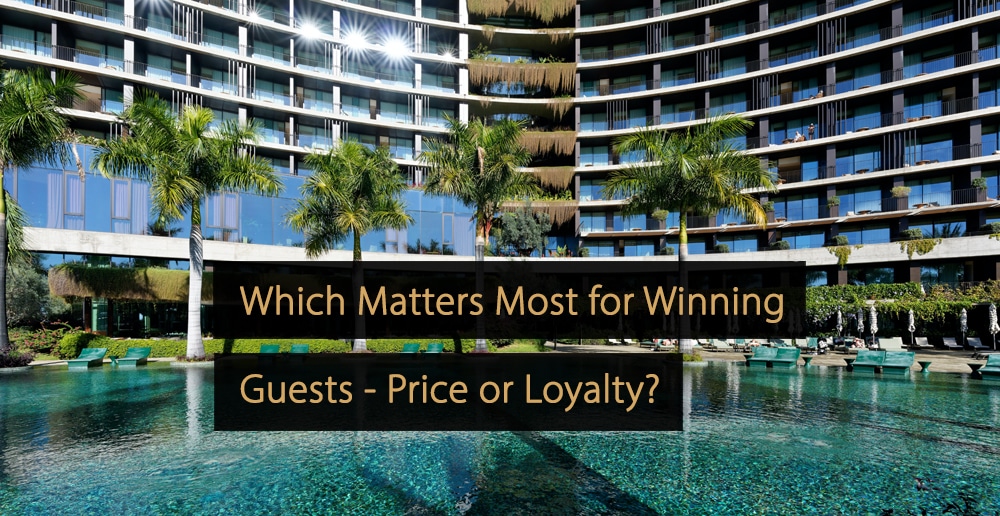
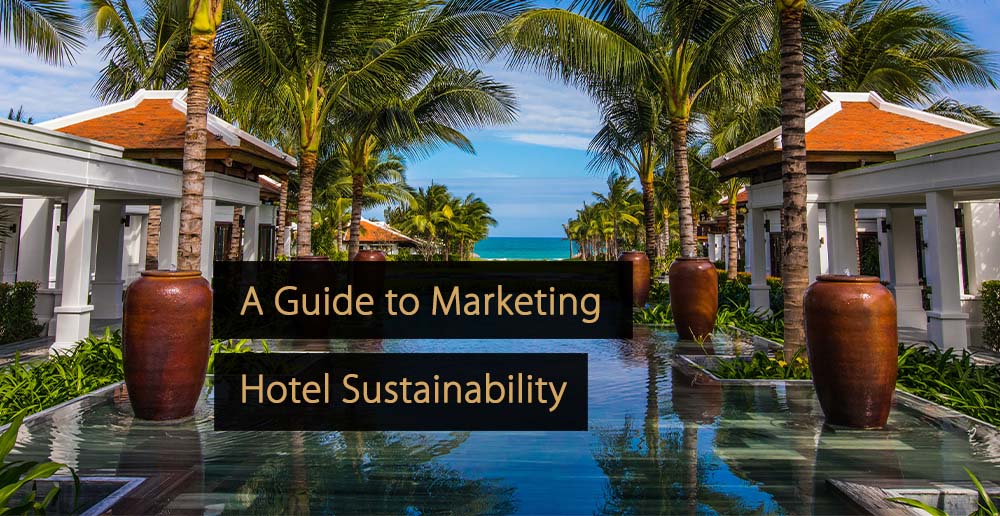

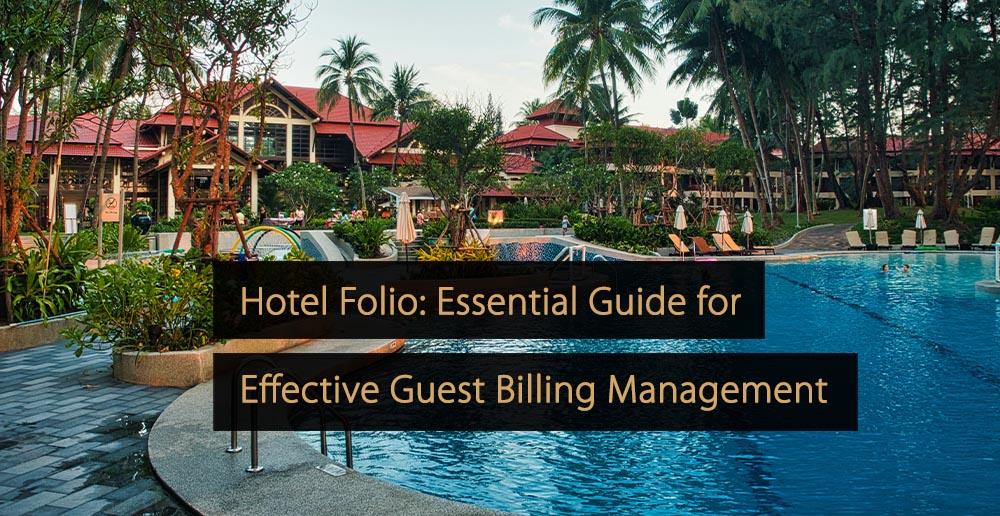
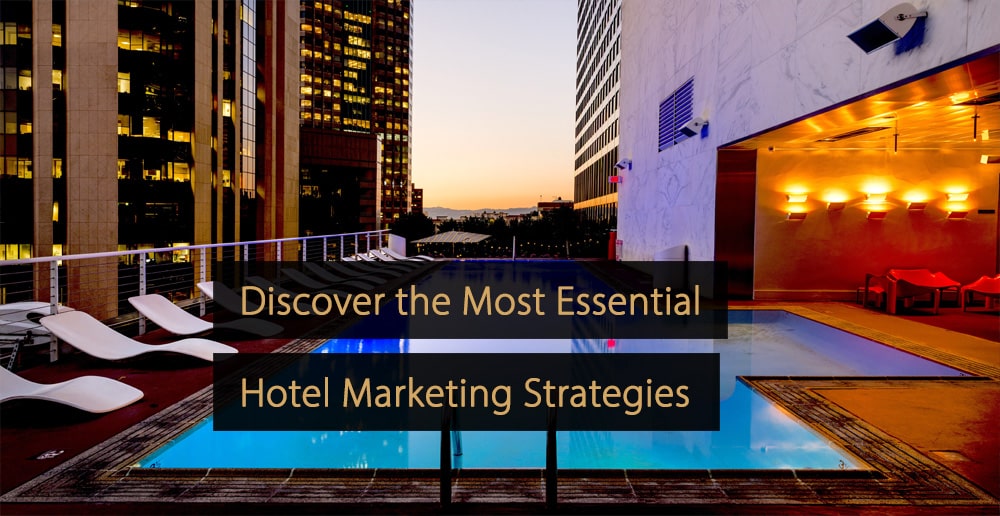
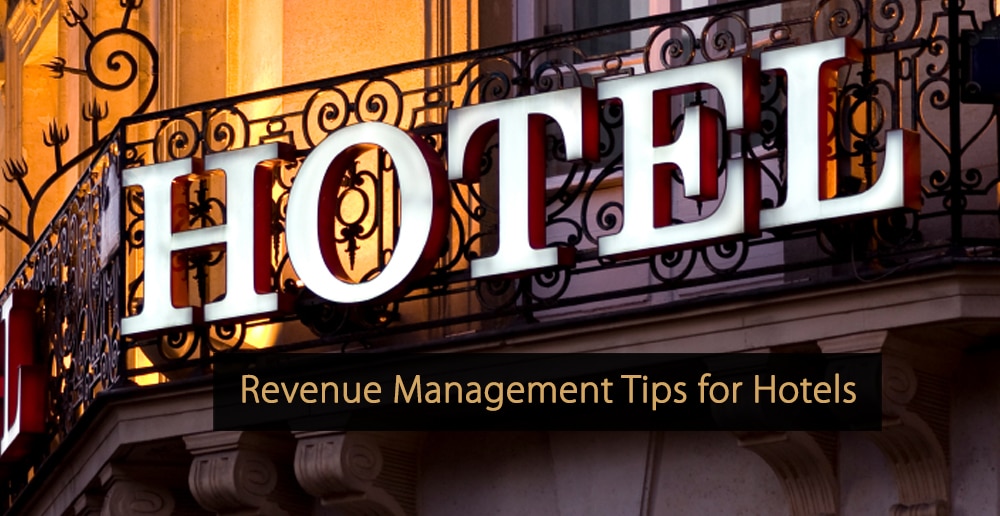
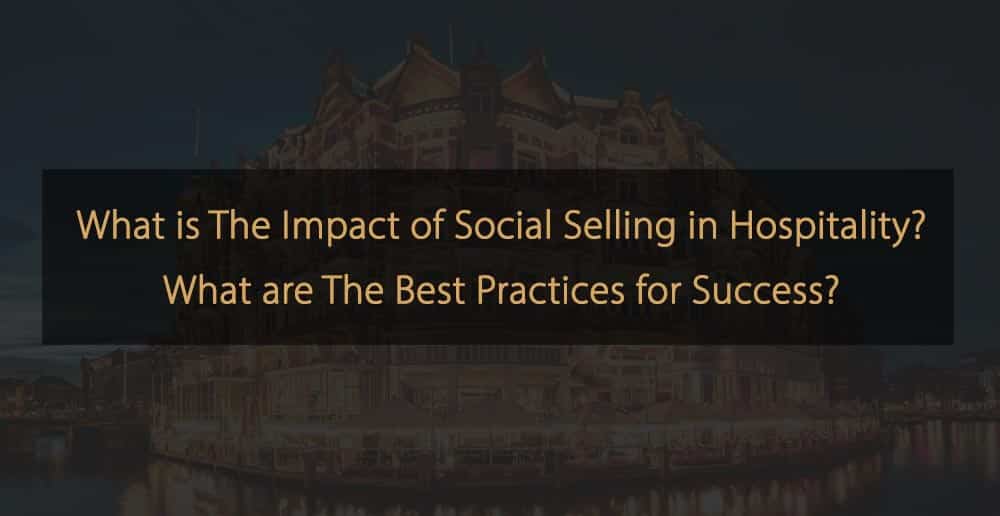
Leave A Comment